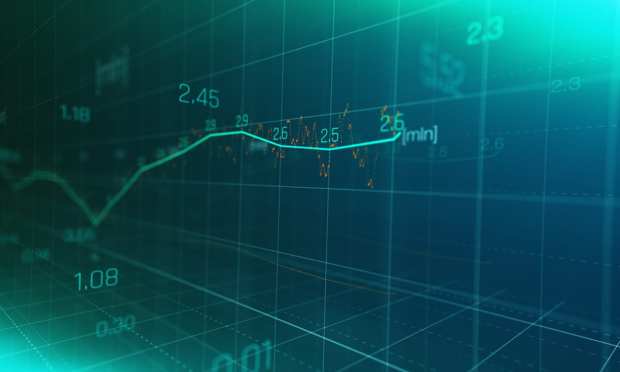Retailers Turn To AI To Cope With Inflation

With consumer demand quickly recovering post-pandemic and supply chains still tangled, inflation is on the rise, pushing costs up even as retailers attempt to compete in an environment where customers can compare prices with the tap of a finger.
Over the past 12 months, the consumer price index — which includes housing costs, food, energy and sales of other goods — has risen 5 percent, the largest 12-month increase since a 5.4 percent rise that ended in August 2008. The index has been trending up every month since January, per the Bureau of Labor Statistics, when the 12-month change was 1.4 percent.
And analysts don’t expect inflation to abate anytime soon. In fact, Fitch Ratings warned earlier this week that core inflation — which includes all items except for food and energy — will likely rise in the coming months as supply chain pressures continue and consumer demand remains up. Core inflation jumped to 3.8 percent year over year in May, the highest since the early 1990s.
In times of inflation, Matthew Pavich, managing director of global strategic consulting at Atlanta-based price optimization platform Aptos, finding the optimal price on goods is crucial — and it has become even more important, if that’s possible, amidst “a unique moment for retail.”
Brand loyalty is declining, Pavich said, at the same time that consumers are becoming more accustomed to comparing prices between retailers, even when shopping in-store. “Price perception is more important than ever,” Pavich told PYMNTS, noting that grocers are particularly vulnerable, as they haven’t had to compete with Amazon as much as other retailers, such as Best Buy.
‘Every Retailer Has Opportunities’
It’s not all doom and gloom, though — Pavich said that rising inflation could actually be an opportunity for more retailers to utilize artificial intelligence (AI) and price optimization software to actually achieve revenue growth while still keeping customers happy.
By using price optimization technology and science, rather than relying on humans’ ability to do math, retailers may actually be able to hold prices steady, or even decrease prices, on their most important items, paying for that investment — as well as increased costs due to inflation — with higher prices on other items that are less important to consumers.
“Every retailer has opportunities within price optimization,” Pavich said. “It’s just a question of finding what those opportunities are.” Additionally, he said that price optimization data can be used to bolster retailers’ relationships with third-party vendors. “At the end of the day, it’s just nice to have the analytics and the data and the support tools to help understand what will happen if I do X versus Y.”
Obstacles to Adoption
Fitch forecasts that core inflation will increase to around 4.5 percent year over year by the end of 2021 before falling to 2.5 percent YOY beginning in mid-2022, assuming no surge in wages or rent inflation. Most economists — including those at the U.S. Federal Reserve — say it’s best to aim for an inflation rate of 2 percent.
But even when inflation abates, Pavich still expects a surge of price changes as demand continues to shift post-pandemic. A product that may have been elastic two years ago, for example, might be inelastic now, and retailers can use analytics to refresh their strategies. “There’s just a lot of things going on with demand shifts in the market,” he noted.
Pavich said that the adoption of AI and price optimization technology across the retail industry is mainly based on retailers’ ability to process changes. “But the speed and the amount of competitive data and intelligence and how that’s being processed … that is going to continue to increase,” he predicted.
Pavich said the biggest hurdles are organizational willingness and operational constraints. If, for example, a retailer requires humans to put pricing signs on shelves, that slows their ability to react to price optimization data.
“Costs are going up,” he said. “Unsavvy retailers are going to just take their retails up and hope for the best. Savvy retailers using AI solutions will do it strategically.”